Robert Paine Scripps Forum for Science, Society and the Environment
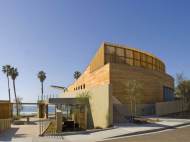 The Robert Paine Scripps Forum for Science, Society and the Environment is an oceanfront conference center that offers over 45 undergraduate courses covering a wide breadth of earth and marine sciences providing a broad interdisciplinary perspective with an applied environmental focus. The Scripps Forum is a part of UC San Diego and as such, they share a commitment to green architecture.
The Robert Paine Scripps Forum for Science, Society and the Environment is an oceanfront conference center that offers over 45 undergraduate courses covering a wide breadth of earth and marine sciences providing a broad interdisciplinary perspective with an applied environmental focus. The Scripps Forum is a part of UC San Diego and as such, they share a commitment to green architecture.
Designed by Safdie Rabines Architects, the nearly 1,400 square-meter (15,000 square-foot) project features an approximately 300-person flexible auditorium space, four oceanfront meeting rooms of varying sizes, a graduate student lounge, a catering kitchen, and a restaurant. The building is located atop an ocean bluff, with strong winds, western sun, an existing grove of palms, and the ever-changing ocean providing the natural context.
The auditorium realized as a box within a box, and it can change its layers depending on the event and the desired configuration. It can be completely enclosed for formal presentations and movies, or it can be opened to the oceanfront terrace with a series of pocketing doors that allow for indoor or outdoor receptions and banquets. The auditorium is tucked into the hillside, minimizing its mass from the campus to the east, and allowing for gentle ramps to access a rooftop restaurant and terrace.
Exterior circulation takes advantage of San Diego’s temperate climate and greatly reduces the need for mechanical systems and artificial lighting. As a part of UC San Diego, the projectis obliged to reduce energy consumption needs by minimizing spaces requiring A/C, use non-toxic paints, glues, and low-VOC sealants, incorporate operable windows to allow natural ventilation, improve insulation to lower the costs for temperature regulation, incorporate trellises and overhangs to reduce heat gain. Use of sustainable grown wood as well as the recycled materials is also applied.
Scripps maximizes centralized computer server facilities, reducing energy needed to cool the systems. Many other sensitive instruments necessary for research that require climate-controlled facilities are housed in two buildings, allowing Scripps to avoid the duplication of the necessary climate control equipment. In order to save energy, all of the interior lighting is being switched to energy efficient T-8 bulbs. Supported by SDG&E and the City of San Diego, the Birch Aquarium at Scripps offers free compact fluorescent light bulbs to local visitors who trade in incandescent bulbs. In its first two years, more than 1,500 new bulbs were distributed.
Scripps campus features native vegetation and drought tolerant plants, reducing watering needs. As new areas are landscaped, smart sprinklers are installed. This irrigation system uses weather station data to ensure over-watering does not occur.
The project is entirely gift-funded and many other sustainable features are going to be realized once the findings are acquired. Real-time energy use monitoring is not available for a number of the buildings, and many of the HVAC systems are inefficient because of their age, and the very nature of much of their research is energy intensive. As renovations occur, dual-glazed, Low-E glass is installed to significantly reduce the amount of energy required to cool/head these spaces.
In time, they plan to connect the close proximity buildings into a looped system for chilled and hot water to create redundancy and efficiency. Currently, there are several groups of buildings in their own loops, and the plan is to add isolated to smaller groups and connect all of them in future. They also plan to modernize the seawater pumping system with more efficient filtration and lower energy consumption, thus lowering their largest energy consuming. With over 2,650,000 liters (700,000 gallons) a day pumped through this system, an upgrade could result in significant energy savings.

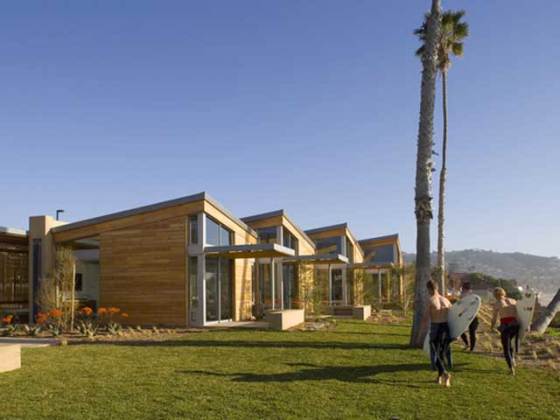
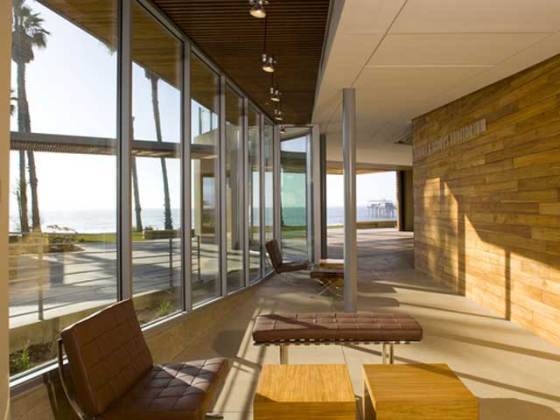
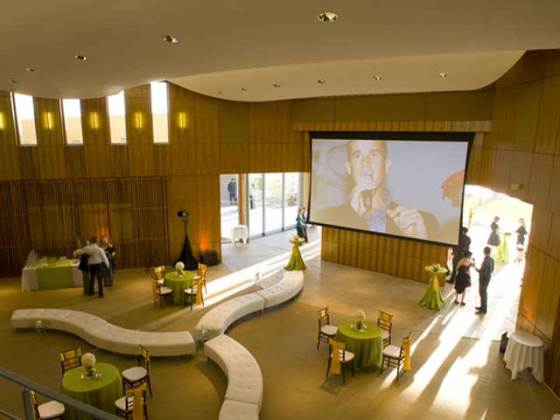
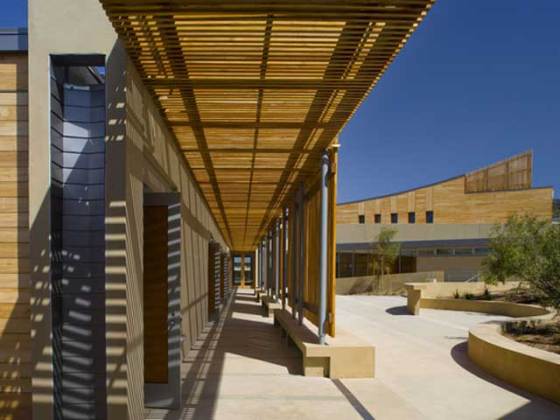
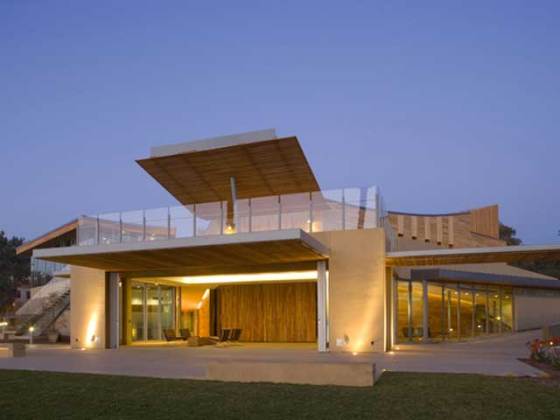








Leave your response!